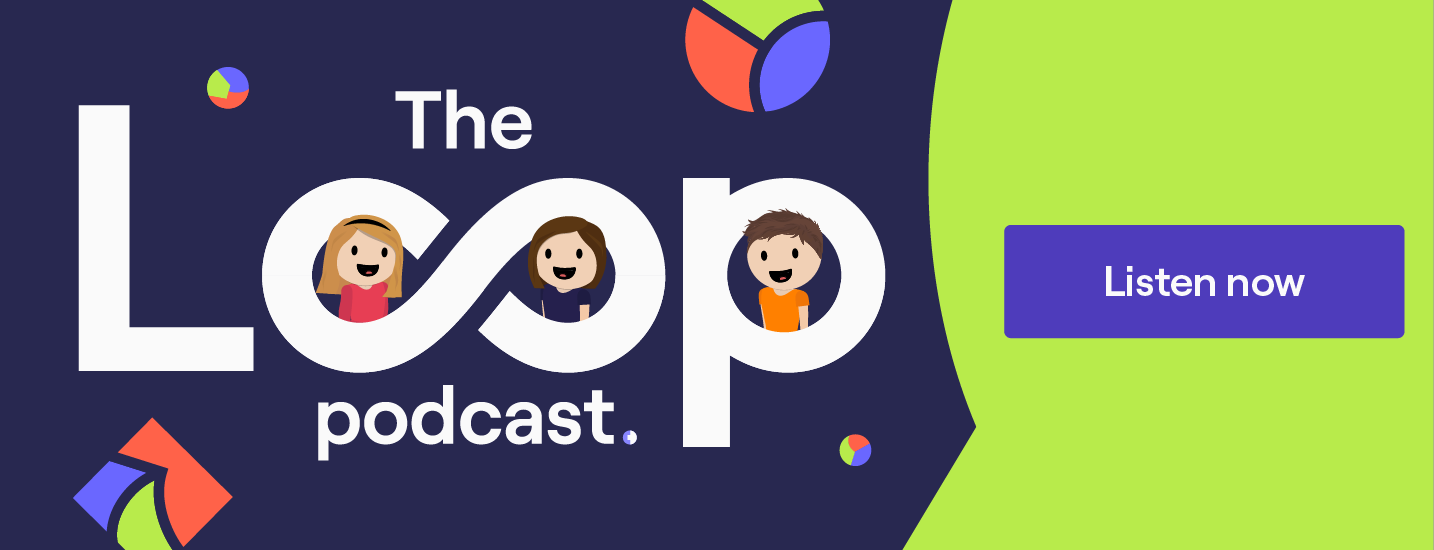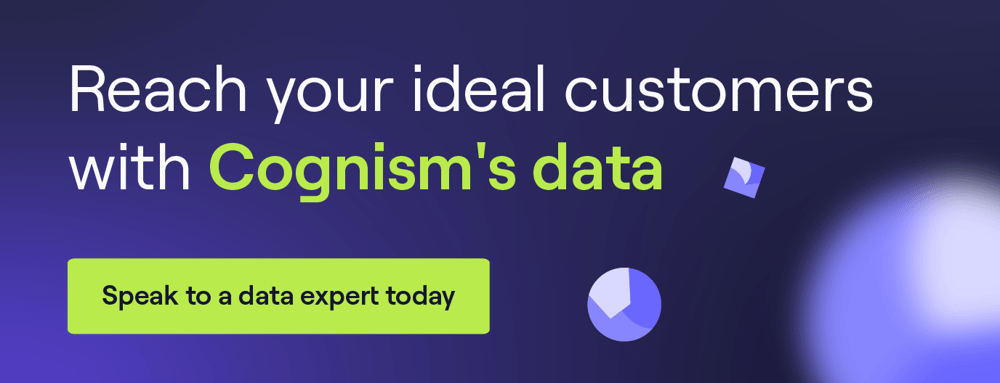Inbound vs Outbound Marketing: How Are They Different?
Inbound vs outbound marketing, which is better?
As a B2B marketer, this might be a question you’ve Googled before, and the answer you got was probably something along the lines of:
The difference between outbound and inbound marketing is that inbound is cheaper, produces higher quality B2B leads and enhances return on investment.
But is this true of all markets?
And all types of marketing?
In this article, we’re looking deeper into inbound vs outbound marketing. So, start scrolling to learn all about the differences, challenges, and benefits 👇.
What is inbound marketing?
If your company has embraced technology, then inbound marketing can offer you numerous advantages.
With inbound, prospective customers who are actively looking for solutions discover an organisation and make contact, rather than an SDR reaching out via a cold call or cold email.
Examples of inbound marketing are:
- Engaging blog posts written with SEO in mind
- Organic social media posts shared across your best lead sources
- Paid search ads across channels such as LinkedIn and Facebook
- Valuable long-form content like eBooks that add value
- Fun and informative YouTube videos
- Webinars and podcasts with thought leaders and influencers as guests
Listen to Cognism's marketing leaders as they discuss all things B2B marketing! Click to listen to the podcast.
Benefits of inbound marketing
Because inbound leads are reaching out to you, they have higher intent to buy and are of higher quality than cold leads. Plus, it’s a non-invasive form of lead generation that encourages educational knowledge sharing! What’s not to love?
Keep in mind that as a marketer or MDR, it’s your job to focus on building the relationship with your prospects throughout the marketing funnel. Don’t push marketing collateral they might already be aware of.
Challenges of inbound marketing
When marketing inbound vs outbound, inbound has fewer challenges compared to outbound, even though it depends entirely on customers finding your organisation amongst the online ‘noise’.
These challenges include continuous maintenance of shared content, it takes more time and effort than outbound, and you’ll need to invest in various tech to support your inbound marketing efforts.
There are a number of inbound marketing strategies that can be used to boost your campaigns. Press ▶️ to learn the most successful tactic we use at Cognism - demand generation.
What is outbound marketing?
Outbound marketing is often described as a traditional, non-digital mode of marketing. In this model, a sales rep will start a conversation with a prospect through various outbound tactics such as cold calling or cold email.
Inbound vs outbound marketing examples are:
- Cold calling prospects in an attempt to make a sale
- Outbound email where an email is sent to a prospect with the end goal of connecting and booking a meeting
- Researching and engaging with prospects on social media channels like LinkedIn
Tune into this episode of Refining Outbound to find out which emerging channels sales teams need to unlock as we move into a new era of outbound.
Benefits of outbound marketing
While many point to inbound marketing as the future, it’s clear that outbound is being transformed by digital innovation. Email marketing – one of the most important outbound methods – is taking on a new life.
Developing clear customer personas enables companies to target marketing messages. Enriched B2B marketing data means that companies can send more personalised emails, leading to increases in click-throughs, sales, and ROI.
What’s more, real-time tracking and sales automation mean that your B2B sales and marketing teams can act on warm leads straight away.
Challenges of outbound marketing
The challenges of outbound marketing vs inbound marketing include email and cold call blocking, high cost/low yield, sales objections and difficulties in tracking marketing and lead generation metrics.
Outbound vs. inbound marketing: key differences explained
The main difference between inbound and outbound marketing is the way in which consumers are attracted to your product or service.
Outbound sales involves proactive marketing activities that require reaching out to customers via cold calling, ads, or trade shows. While inbound marketing focuses on drawing people in by creating and distributing content, such as forms on your website, social media posts, blogs, webinars, etc.
💡If you’d like to learn more about how the different types of lead impact your sales and marketing campaigns, check out our guide to the difference between a prospect vs a lead.
Which method is right for your business?
This brings us back to our opening line:
Outbound vs inbound marketing - which is better for your business?
The effectiveness of both SaaS marketing approaches depends on your business objectives, who you are trying to attract, and what you are trying to market.
Inbound marketing is effective for B2C, and where customers are familiar with the products and services you have to offer. You can create informative blog posts to answer your target audience's common questions.
It's a chance to show them how your product features are useful, and if people like it, they can share it through dark social channels and come back to your solution when they need it.
So, when deciding between inbound marketing vs outbound, Inbound marketing is better because it enhances your organisation’s search rankings and alerts more people about your offer organically.
By contrast, outbound can be useful for B2B marketing and for companies who are looking to launch new products and services.
Outbound marketing methods beat inbound if you want to develop new business streams or build new markets. It's because decision-makers rely on many sources of information and sometimes they need a 'push' from a highly trained SDR to choose your product among your competitors. Cold calling CEOs can be particularly effective in developing valuable B2B leads.
But really, you don’t even need to choose!
The power of inbound marketing is hard to ignore. But that doesn’t mean we should write outbound off. The best companies are likely to be those that combine the two approaches.
Successful data-driven marketing means creating valuable content and building easy ways for interested customers to connect, at the same time as developing more nuanced ways to target the broad base of potential leads.
In conclusion:
Inbound marketing vs outbound marketing? The truth is...neither is better for generating leads through marketing - you need both!
The key to better marketing
Inbound vs. outbound marketing? No matter your method, Cognism’s data and AI-powered prospecting tools can power both. Our database is updated daily by our revolutionary AI and is 100% compliant with worldwide data regulations.
Why not take Cognism for a test drive? Click 👇 to book your demo.



